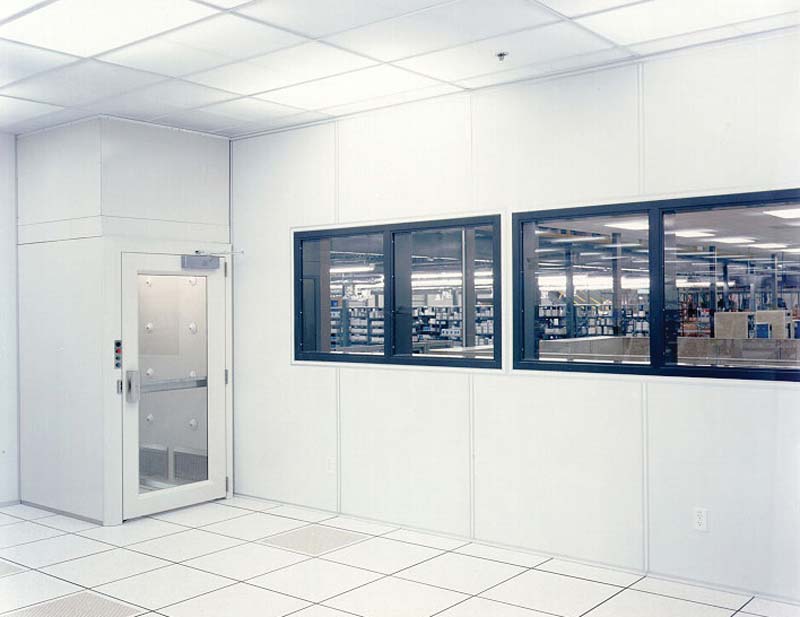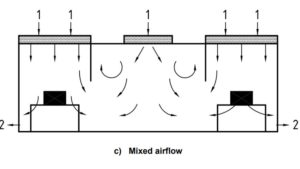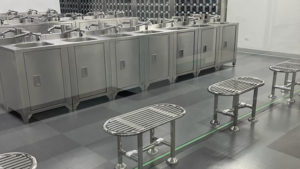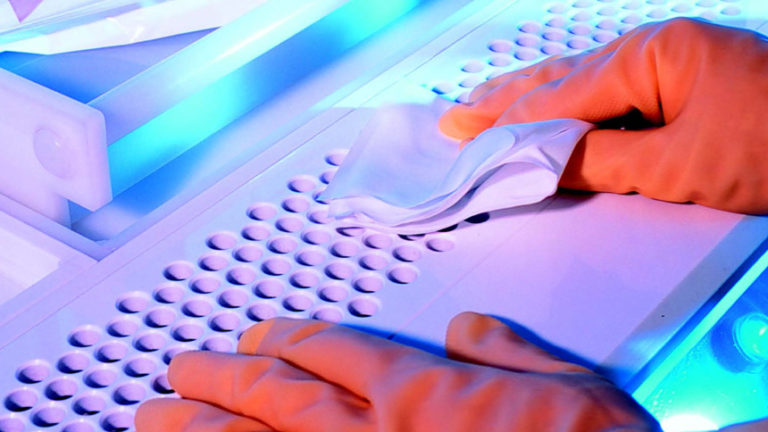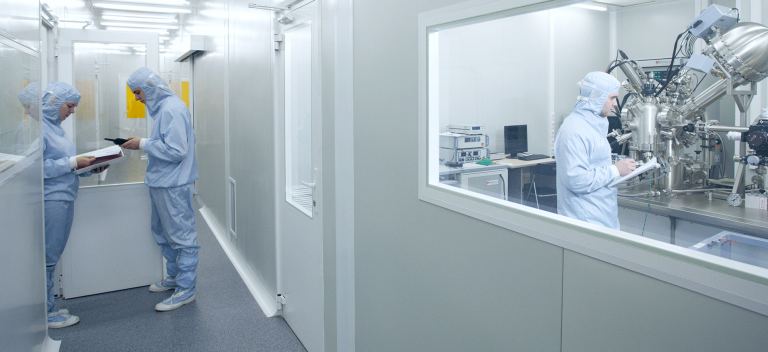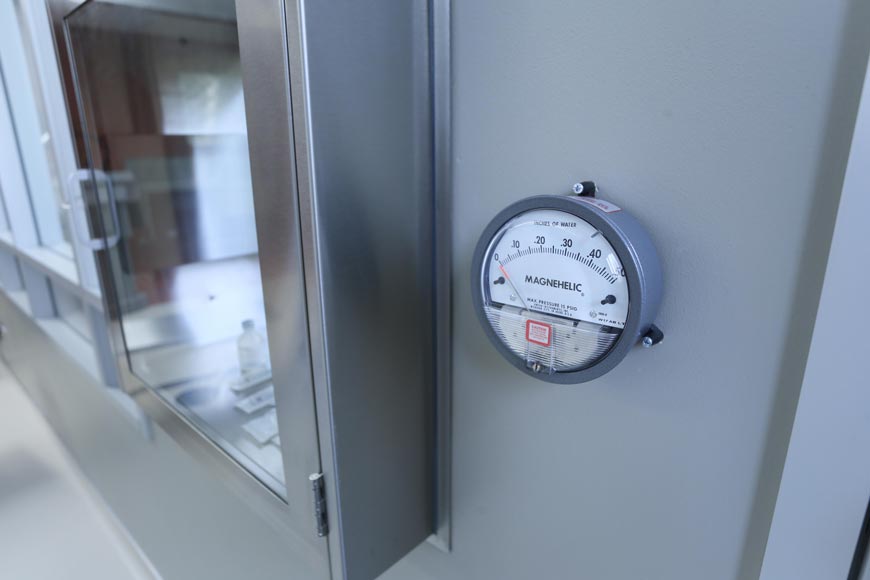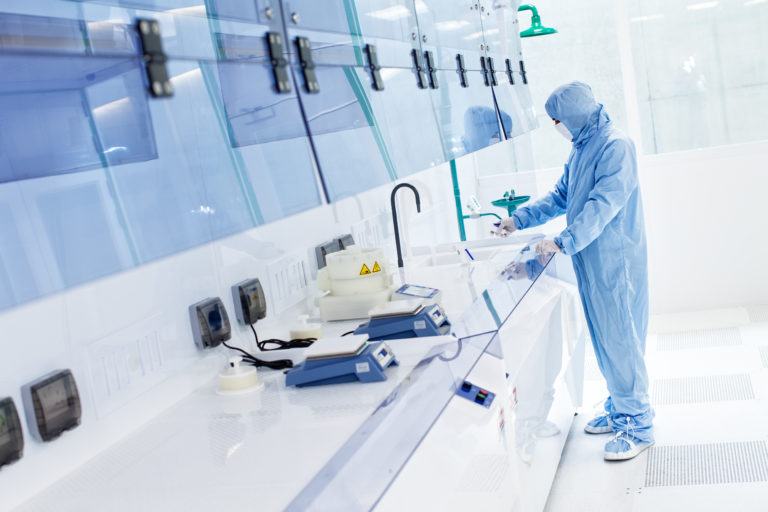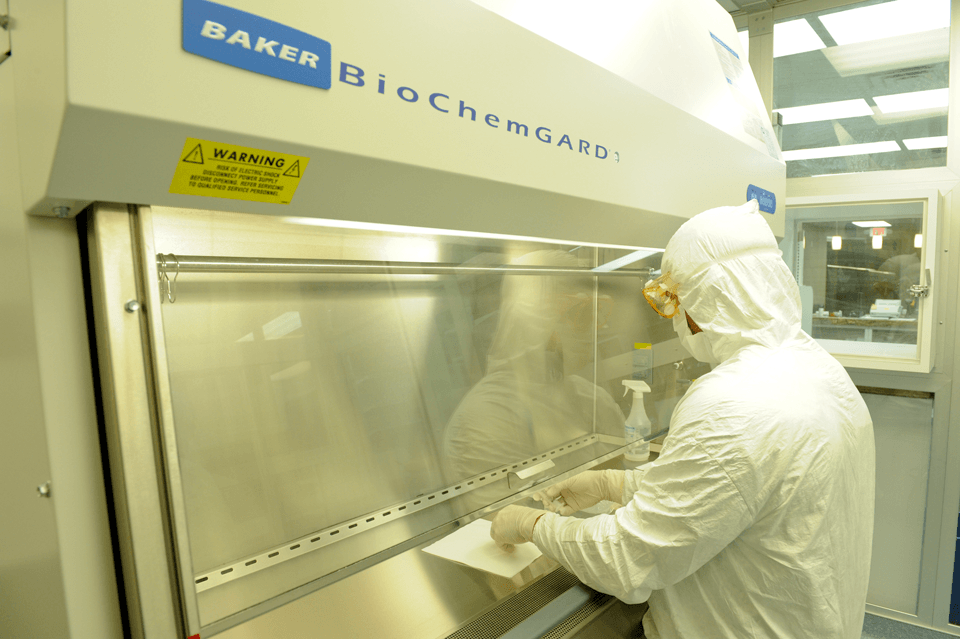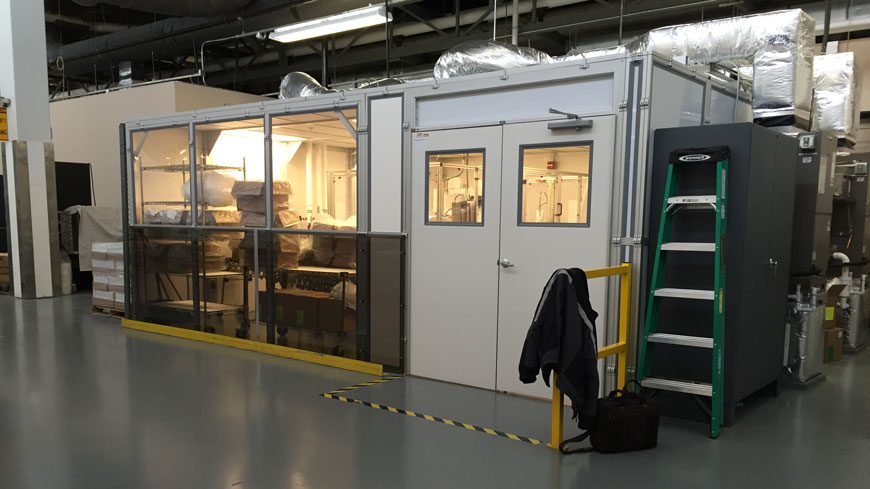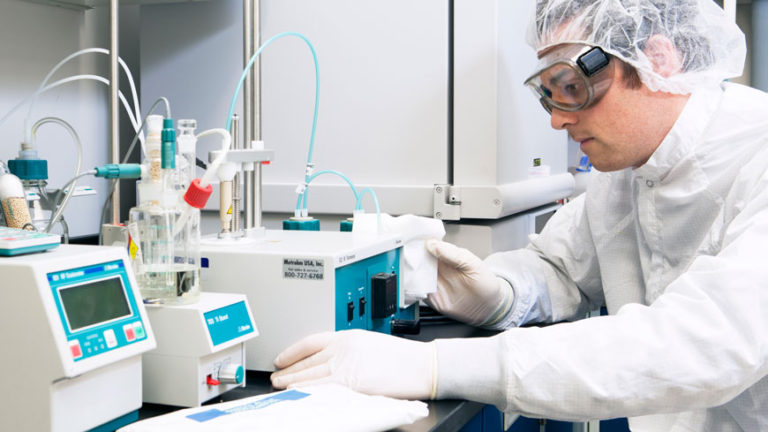Cleanroom Standards & Applications
Popular Cleanroom Technical Articles
Before global cleanroom classifications and standards were adopted by the International Standards Organization (ISO), the U.S. General Service Administration’s standards (known as FS209E) were applied virtually worldwide. In November 2001, Federal Standard 209E was superseded by the new ISO 14644-1 international standards. ISO standards outline a unified approach to cleanroom construction and design methodologies.
Authoritative documents such as ISO 14644 and FS-209E provide no specific instructions regarding activities carried out in medical device environments. Broadly, medical device manufacturing is conducted in an ISO Class 5 cleanroom (Fed. Class 3), while medical device packaging is conducted in an ISO Class 7-8 cleanroom. Environments, isolators, and sterilization processes all require very specific performance criteria.
United States Pharmacopeia USP 797 took effect on January 1st, 2004 as a regulatory document which outlines procedures and environmental requirements for compounded sterile preparations (CSPs). Favorable outcomes in USP 797 cleanrooms also require proper laminar flow, workstation placement, operator technique, sanitation, and cleanliness.
USP 800 is a cleanroom standard issued in March of 2014 by the United States Pharmacopeia (USP). The deadline for compliance may change, at the time of this article’s publication the deadline is scheduled for December 2019. The date and scope of adoption may differ on a state-by-state basis, thus consulting with a compliance specialist is encouraged.
Cleanroom Solutions & Installers Near You
Ideal for positive pressure compounding of non-hazardous materials including TPN, injections, eye-drops, infusion, syringes, salves, oils, and more. Learn More

USP 800 grade environments mitigate the risk for harm to both the environment and workers when compounding hazardous chemicals. Learn more. Learn more.
The cleanroom requirement for medical devices is based on path to product and process validation, with respect to sterilization and biocompatibility requirements. Learn more.

